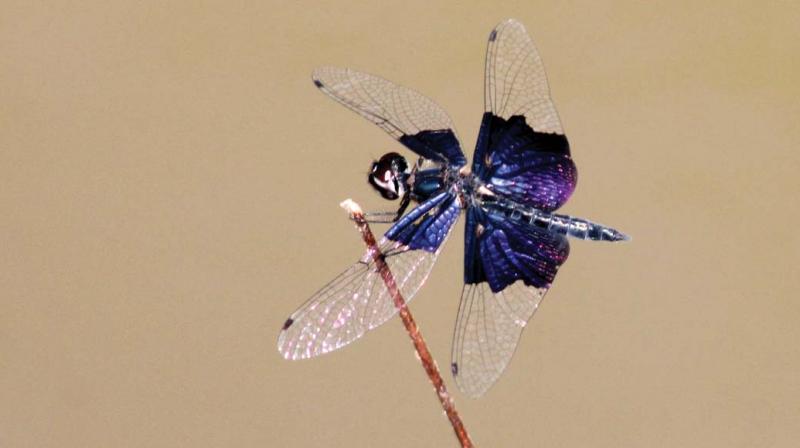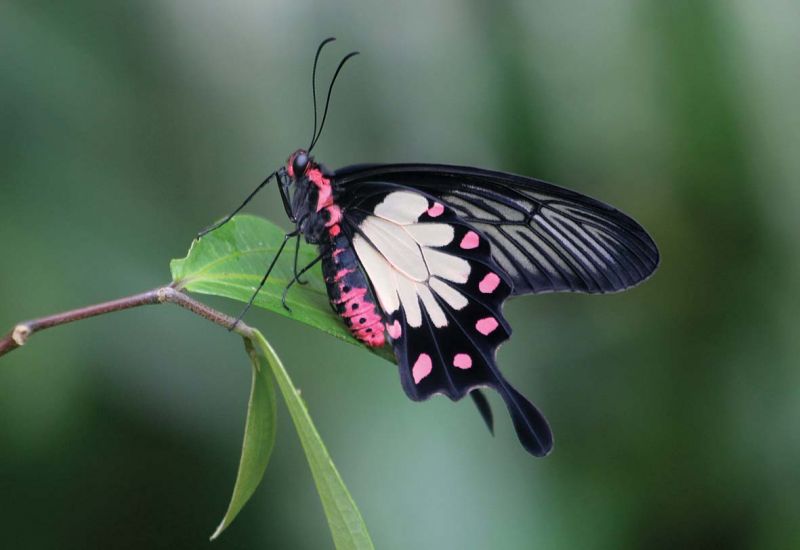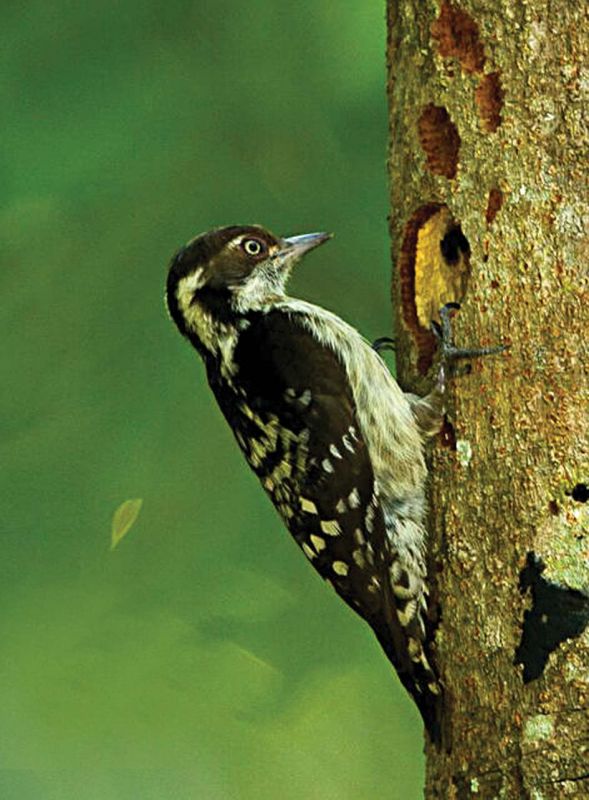Swamp under threat from Palode biomedical plant

Thiruvananthapuram: The Oduchutta Paduka Myristica swamps have a high conservation value for the presence of rare and endemic flora and fauna of southern western ghats. This was found in a preliminary study conducted on bird, butterfly and dragon and damselfly by the bird and nature lovers’ forum ‘Warblers and Waders’ based in the capital on Saturday. Myristica swamps are a type of freshwater swamp forest predominantly composed of the species of myristica. The swamps located at Ilavupalam, Palode, was under threat due to the proposed bio-medical waste management plant by IMA.
 Malabar Rose Endemic Butterfly
Malabar Rose Endemic Butterfly
It is one of the 53 remaining myristica swamp patches in southern western ghats and is an extension of Sasthanada myristica swamps of Shankili reserve forest. The paduka is now fragmented due to high anthropogenic activities of this area. The study was led by bird and butterfly expert C. Susanth and dragonfly expert Balachandran. Environmentalist and wildlife photographer Sali Palode, botanist professor Kamrudin and members of Warblers and Waders K.Harikumar, Akhil, M.S. Vinodkumar, Kiran, Afsel and Sooraj. As many as 79 bird species, 66 butterfly species and 22 dragonfly/damselfly species were recorded in the study.
The sighting of blue-bearded bee-eater, an uncommon forest bird, was significant. Endemic birds of western ghats, Malabar grey hornbill, Malabar parakeet, Malabar barbet, small sunbird, Nilgiri flowerpecker and white-bellied blue flycatcher were also sighted. Some migratory birds, including large billed leaf warbler, greenish leaf warbler, western crowned leaf warbler, paradise flycatcher, brown breasted flycatcher, brown flycatcher, rusty tailed flycatcher, blyth’s myna, grsey wagtail and blue chat were found. Pigmy woodpecker, one of the smallest woodpeckers of the state, was sighted. Bird of prey species observed were crested honey buzzard, crested serpent eagle, crested goshawk and shikra. The nocturnal birds sighted were oriental scops owl, barred jungle owlet and brown hawk owl.
 Pigmy woodpecker, one of the smallest woodpeckers
Pigmy woodpecker, one of the smallest woodpeckers
Mr Susanth said that Malabar rose, a threatened butterfly endemic to western ghats was one of the abundant butterflies observed in the survey. The egg, larva and pupa stages of this butterfly were observed. Thotea siliquosa, the food plant of this endemic butterfly, is flourishing in the undergrowth of the swamps. The presence of this plant has led to the abundance of this butterfly in the patch, said Susanth. Southern birdwing, the largest butterfly of the country, was present. The sighting of Malabar flash, a rare and endemic butterfly to western ghats was significant.
There is abundance of Travancore bambootail, an endemic damselfly in the swamp. Myristica bambootail a rare, endemic and threatened damselfly is another highlight. This damselfly only occur-red in myristica swamps of southern western ghats. Lesser bluewing, a rather uncommon dragonfly, was also observed. The preliminary study revealed the importance of the conservation value of this high fragile eco system. The biodiversity of this patch is higher compared to other myristica patches of the southern western ghats. This is an abode of rare endemic flora and fauna of southern western ghats. It should be protected from further destruction, said Susanth.

